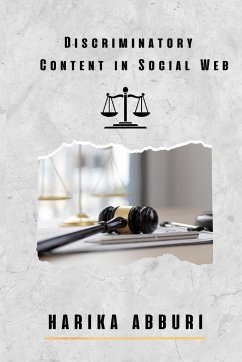The rapid growth of web technology and social networks has facilitated contact between people from various countries, ethnicities, and cultures. While global media's bene¿ts and constructive out- comes are apparent, anonymity and mobility afforded by such media also facilitated a massive degree of discriminatory content leading to considerable toxicity in the online discourse and abusive behaviors. These incidents also have evolved into hate, bullying and even materialized into real-world threats and attacks against individuals or groups. Furthermore, the rapid dissemination of online content has made these harassment behaviors incredibly hazardous and toxic, necessitating to handle these challenges by developing ways to reduce the harm caused by hateful propaganda in cyberspace effectively. One of the most critical challenges is dealing with the continuous ¿ow of hate speech incidents re- ported online worldwide. Hate speech can be de¿ned as the act that disparages a person or people based on a number of characteristics that may include and not limited to: race, ethnicity, sexual orientation, gender, religion, and nationality. Hate speech is different from other sub-types of offensive lan- guage and cyberbullying (which is carried out repeatedly and overtime against vulnerable victims that cannot defend themselves). The impact of hate speech on social media is hazardous, as it can lead to social con¿ict, discrimination, and even genocide. Hate speech also has a variety of target types, cate- gories, and levels. It is beyond the scope of a single doctoral thesis to treat a large chunk of the broad spectrum of hate speech in a substantial manner. In this thesis, we choose to explore discrimination, especially gender-based discrimination, i.e., sexism. Gender discrimination is de¿ned as any situation in which an individual is denied an opportunity or misjudged purely based on their gender. The charac- teristics of gender discrimination are any situation where a person shows prejudice towards another that would not occur if they were the opposite gender. Even though gender equality is present in the social and political sphere, we still encounter aspects that are characteristic of sexism. Such aspects impact upon gender inequality and different types of violence towards women. The presence of women on online media has received increased attention. The presence of women on online media has received increased attention in recent years, owing to rising hate and violence directed at them. In general, sexist behaviors and discourses undervalue the position of women. Inequality and sexism against women, which persist in society, are rapidly being mirrored online. Gender disparities and sexist views are perpetuated, if not naturalized, on the internet.







